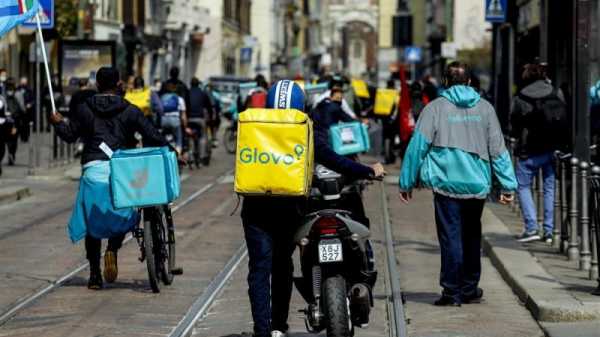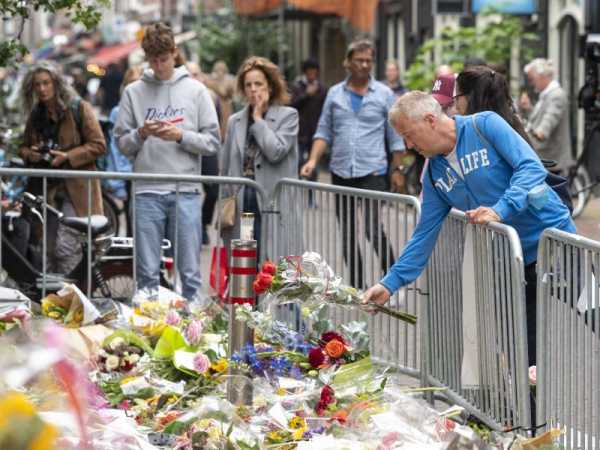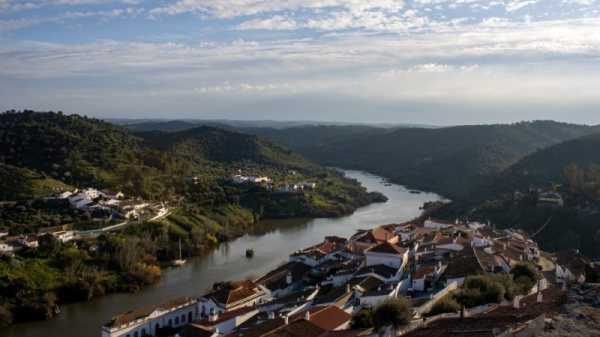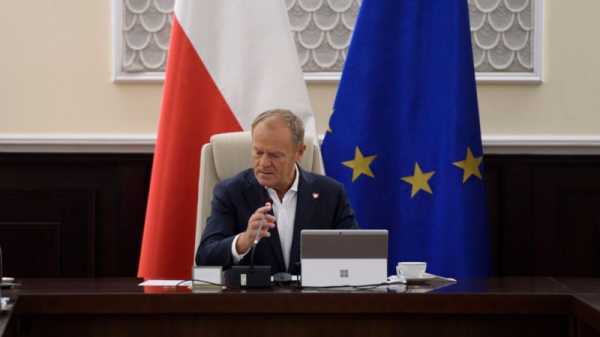
Getting cocaine in many of Europe’s big cities is now as easy as ordering a pizza: twenty or so minutes after you place your order by WhatsApp or Signal, a dealer can be at your door.
“Seventy euros for one, 120 for two,” said the cocaine dealer as the young woman opened her door on Paris’ chic Left Bank.
“I’m like all the delivery riders speeding around Paris dropping off sushi and groceries,” he smiled. “I get orders and I deliver them.”
“Consumers prefer to go on a platform and have their drugs delivered by a guy who looks like a Deliveroo rider,” said police commissioner Virginie Lahaye, the head of the Paris drugs squad. “It is much easier than having to go to some grim place in the suburbs.”
Some 3.5 million Europeans took cocaine in 2021, according to the European Monitoring Centre for Drugs and Drug Addiction (EMCDDA) — four times more than 20 years ago.
The continent has been hit by a “tsunami” of cocaine, said the head of the Belgian federal police, Eric Snoeck, with 240 tonnes seized in 2021, according to Europol, nearly five times more than a decade ago.
Hits, torture, abductions
Europe has become one of the most lucrative markets for the big drug cartels, who have not hesitated about using the corruption and extreme violence that has served them so well in South America.
Northern Europe’s big ports like Antwerp and Rotterdam have been so riven by drug violence that democracy itself has been threatened, with gangs even daring to plot to kidnap Belgium’s justice minister.
With gun battles in the streets of Antwerp, the country could soon “be regarded as a narco state” warned Brussels’ chief prosecutor Johan Delmulle.
The cocaine flooding Europe begins its journey in the high mountain plateaus of Bolivia, Colombia and Peru, where the coca leaves from which the drug is extracted are grown.
Mexican cartels
Colombia supplies two-thirds of the world’s cocaine. But the fall of the Cali and Medellin cartels in the 1990s, and the peace deal signed in 2016 with the Marxist FARC guerrillas, turned the trade upside down.
Once mere middlemen, the Mexican cartels have since taken almost total control of the market, from financing production to supervising cocaine smuggling.
The Sinaloa and Jalisco cartels at first concentrated on their “natural” market, the United States, before switching their focus to Europe, where cocaine consumption has exploded.
Europol estimates that Europe’s cocaine market is now worth between 7.6 and 10.5 billion euros at street level.
“The US market is saturated and coke sells in Europe at prices 50 to 100 percent higher,” said the head of French customs’ intelligence unit, Florian Colas. “Another advantage for the traffickers is the less dissuasive prison sentences and the multiple logistic options.”
Most of the cocaine that crosses the Atlantic is carried in containers, hidden in perfectly legal shipments of bananas, sugar or tinned food.
The rest comes in by air hidden in suitcases or in the stomachs of drug “mules”. Some even comes by sea in remote-controlled submersibles, like the ones seized by Spanish police in July.
The Mexican cartels established their European bridgehead on Spain’s Costa del Sol in the early 2000s, which was already the main hub for the transport of Moroccan cannabis.
But the arrest of several major smugglers and above all the explosion in maritime traffic, persuaded them to redirect smuggling through northern Europe’s giant container ports like Antwerp, Hamburg, Le Havre and Rotterdam.
“Some cargos go through Caribbean ports” on their way from South America, while others “pass via the Balkans or West Africa before entering Europe,” said Corinne Cleostrate, deputy head of French customs.
European mafias
The traffickers follow a well-trodden “business plan”, with Mexican cartels selling to European multinational crime syndicates, sometimes via fixers who divide up the cargos to spread the costs and risks.
Some of the “crime groups (who are part of these deals) can be competitors,” said Cherbonnier.
“But they also create alliances to pool their strengths and their know-hows to get the drugs in.”
The Moroccan “Mocro maffia” in Belgium and the Netherlands, Albanian, Serb or Kosovan mafia and the Calabrian ‘Ndrangheta divide up the market according to their territories and specialities.
But they pilot drugs through the ports using local criminals, with a strict division of roles.
A kilo of cocaine bought for $1,000 in South America can be sold for 35,000 euros ($37,600) in Europe. Once out of the port and cut with other substances, it will then be sold on to customers for 70 euros a gram, its value having gone up close to 100-fold by the time it hits the street.
Such enormous profits allow a huge war chest to buy off dockers, cargo agents, truckers, and sometimes customs and police officers, to get cocaine out of the ports.
Several French dockers have been jailed for working with drug gangs in Le Havre, with police saying some have been forced into helping the traffickers.
The gangs are willing to pay up to 100,000 euros to get a container out of Le Havre, where “we are only able to check one percent of the containers because we haven’t the resources to do any more,” a customs officer admitted.
Some dock workers are paid to authorise the exit of containers or move ones full of drugs out of range of security cameras. Others loan their security badges to the gangs.
In Rotterdam, Europe’s biggest port, police and customers officers surprised a group of the traffickers’ local foot soldiers holed up in a “container hotel” with food and bedding waiting for the arrival of a shipment of cocaine.
Journalist assassinated
As well as buying complicity and silence, the huge sums to be made have fuelled extreme violence in northern Europe’s port cities.
Antwerp — the main gateway of illegal drugs into Europe — has recorded more than 200 drug-linked violent incidents in the last five years, with an 11-year-old girl killed last week after bullets were fired into a house in the Merksem residential district.
In May the home of a family known to be involved in drugs in nearby Deurne was bombed while their neighbours were celebrating a marriage in their garden.
In the Netherlands, the gangs have gone even further.
On 6 July 2021, the celebrated investigative journalist Peter R. de Vries was shot several times in an underground car park moments after appearing on a television talk show. He died nine days later.

Dutch crime reporter De Vries dies after being shot in street
Celebrity Dutch crime reporter Peter R. de Vries has died after being shot in a busy Amsterdam street, his family and his employer RTL Netherlands said, prompting an outpouring of grief and anger at home and abroad.
A crime specialist, one of his sources was the main witness against drug baron Ridouan Taghi, the suspected head of the “Mocro maffia” arrested in Dubai in 2019.
“We have gone to another level of violence entirely,” said Belgian police chief Snoeck. “They have no qualms about torturing someone for information or simply executing someone who has not kept to a contract… it sends shivers down your spine.”
In 2020, Dutch police discovered containers converted into a cell and torture chamber, and last year the cracking of the encrypted Sky ECC secure messaging app used by the gangs gave a further insight into their ruthlessness, with people put through meat grinders or executed live on video.

Cracking the covert app that exposed Europe's drug gangs
From torture and murder in the Netherlands and Serbia to an unprecedented web of corruption in Belgium, the Sky ECC investigation has shone a light into some of Europe’s darkest corners.
The cocaine mafia will do anything to protect their business. And no one is safe. Belgian police uncovered a plot to kidnap the country’s justice minister in September, and in the Netherlands Crown Princess Amalia and Prime Minister Mark Rutte were said to have been targeted late last year.
Source: euractiv.com



